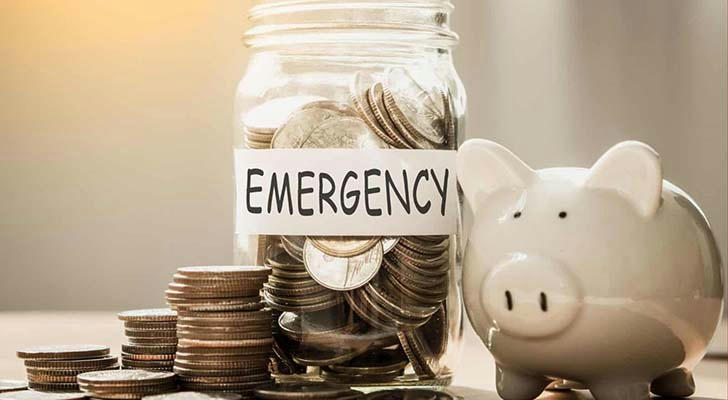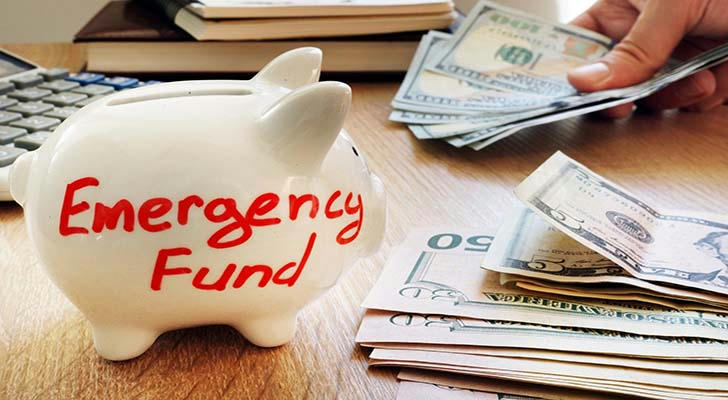US Emergency Loan Application Guide: Teach you how to apply step by step

Have you encountered an emergency and are you worried about the shortage of funds? The emergency loan provided by the US government may be your savior. Whether it is a natural disaster, economic crisis or other emergency, the government will launch a corresponding loan program to help the affected people and businesses overcome difficulties. This article will explain the application process, precautions and common problems of US emergency loans in detail, so that you can successfully obtain financial support, rebuild your home, resume business, and get your life back on track.
What is a US emergency loan?
US emergency loans refer to short-term or long-term financial assistance provided by the US government or related agencies to individuals, businesses or organizations in an emergency. The purpose of these loans is to help disaster-stricken areas or economically disadvantaged groups recover as soon as possible. Common types of emergency loans include:
• Natural disaster loans: Such as reconstruction loans after disasters such as hurricanes, earthquakes, and floods.
• Economic crisis loans: Such as small business loan programs during the COVID-19 pandemic.
• Other emergency loans: Such as loans in situations such as terrorist attacks and public health events.

Benefits of applying for an emergency loan in the United States:
• Get funds quickly and relieve economic pressure:
In the face of emergencies such as unemployment, medical expenses, natural disasters, etc., emergency loans can quickly provide a sum of money to relieve economic pressure and avoid getting into trouble.
It can be used to pay for basic living expenses such as rent, utilities, medical expenses, etc. to ensure that the standard of living does not drop significantly.
• Maintain a normal life and avoid debt crisis:
Emergency loans can help you maintain a normal level of consumption and avoid high credit card debt or other debts due to financial difficulties.
It can avoid damage to your credit record due to inability to repay debts, affecting future borrowing ability.
• Repair damaged property and rebuild your life:
If you encounter a natural disaster or accident, an emergency loan can help you repair damaged houses, vehicles, etc. and rebuild your life.
• Seize opportunities and achieve personal goals:
Emergency loans can not only be used to solve immediate difficulties, but also help you seize new opportunities and achieve personal goals, such as starting a business, further education, etc.

Conditions for applying for an emergency loan in the United States
• Disaster or impact: You must prove that you or your business has been affected by a disaster or economic crisis.
• Eligibility: Meet specific eligibility requirements for the loan program, such as business size, industry type, etc.
• Provide relevant documents: Submit relevant documents such as proof of identity, proof of income, proof of property, etc.
Application process
• 1.Understand relevant information: First, you need to understand your specific situation and which emergency loan programs are suitable for you. You can obtain information through the following channels:
Government website: Official website of government agencies such as the U.S. Small Business Administration (SBA) and the Federal Emergency Management Agency (FEMA).
Local government agencies: Such as state governments, municipal governments, etc.
Banks or financial institutions: They may provide relevant loan information.
Community organizations: Local community organizations may also provide assistance.
• 2.Gather required materials: Prepare various documents required for application, including proof of identity, proof of income, proof of property, business registration certificate, etc.
• 3.Apply online or by mail: Most emergency loans can be applied online, or you can choose to apply by mail. Online applications are usually more convenient and faster.
• 4.Wait for review: The government agency will review your application, and the review time may vary depending on the number and complexity of the application.
• 5.Accept or reject: If your application is approved, you will receive a loan notice and will be required to sign relevant documents. If it is rejected, you will usually receive a written notice stating the reason for the rejection.
Repayment of the loan
Emergency loans usually need to be repaid, but the repayment period and interest rate will vary depending on the type of loan and the applicant's situation. Some loans may offer a grace period or low interest rates.
Actual case: Small business loans during the COVID-19 pandemic

In 2020, the US government launched the Paycheck Protection Program (PPP) to help small businesses affected by the COVID-19 pandemic. The program provides loans to eligible small businesses to pay employee wages, rent, and utility bills. Many small business owners have been able to maintain operations through PPP loans.
Conclusion
Applying for emergency loans in the United States requires patience and carefulness. From carefully reading the cumbersome application guidelines, to preparing complete supporting materials, to paying attention to the dynamic adjustments of policies in a timely manner, every link is crucial. These emergency loan programs launched by the US government reflect the care and support for the people and businesses, and provide us with an opportunity to be reborn in adversity. By understanding the application requirements, preparing complete materials, and paying attention to relevant information in a timely manner, we can make the most of the resources provided by the government, get out of difficulties as soon as possible, and rebuild a better life.
